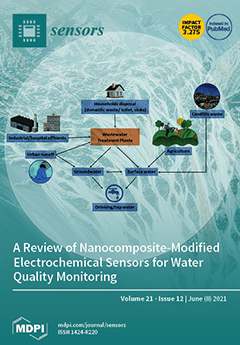Open AccessArticle
Near-Infrared Reflectance Spectroscopy for Predicting the Phospholipid Fraction and the Total Fatty Acid Composition of Freeze-Dried Beef
by
Guillermo Ripoll, Sebastiana Failla, Begoña Panea, Jean-François Hocquette, Susana Dunner, Jose Luis Olleta, Mette Christensen, Per Ertbjerg, Ian Richardson, Michela Contò, Pere Albertí, Carlos Sañudo and John L. Williams
Cited by 5 | Viewed by 2918
Abstract
Research on fatty acids (FA) is important because their intake is related to human health. NIRS can be a useful tool to estimate the FA of beef but due to the high moisture and the high absorbance of water makes it difficult to
[...] Read more.
Research on fatty acids (FA) is important because their intake is related to human health. NIRS can be a useful tool to estimate the FA of beef but due to the high moisture and the high absorbance of water makes it difficult to calibrate the analyses. This work evaluated near-infrared reflectance spectroscopy as a tool to assess the total fatty acid composition and the phospholipid fraction of fatty acids of beef using freeze-dried meat. An average of 22 unrelated pure breed young bulls from 15 European breeds were reared on a common concentrate-based diet. A total of 332 longissimus thoracis steaks were analysed for fatty acid composition and a freeze-dried sample was subjected to near-infrared spectral analysis. 220 samples (67%) were used as a calibration set with the remaining 110 (33%) being used for validation of the models obtained. There was a large variation in the total FA concentration across the animals giving a good data set for the analysis and whilst the coefficient of variation was nearly 68% for the monounsaturated FA it was only 27% for the polyunsaturated fatty acids (PUFA). PLS method was used to develop the prediction models. The models for the phospholipid fraction had a low R
2p and high standard error, while models for neutral lipid had the best performance, in general. It was not possible to obtain a good prediction of many individual PUFA concentrations being present at low concentrations and less variable than other FA. The best models were developed for Total FA, saturated FA, 9c18:1 and 16:1 with R
2p greater than 0.76. This study indicates that NIRS is a feasible and useful tool for screening purposes and it has the potential to predict most of the FA of freeze-dried beef.
Full article
►▼
Show Figures






